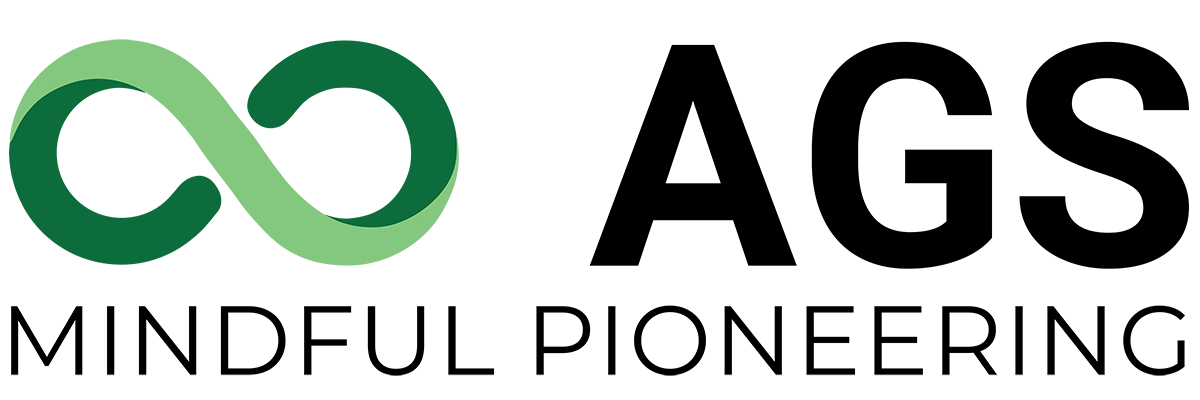Transitioning to Circularity

Jon Cojin
The fashion and apparel industry remains at the crossroads of innovation and tradition, grappling with the pressing need for sustainability amid a deeply ingrained fast-fashion, margin cutting culture. Despite increasing awareness and initiatives aimed at creating a more sustainable future, the rate of change and adoption of circular solutions remains disappointingly slow. Data from McKinsey underscores this sluggish pace, revealing a significant gap between aspiration and action.
According to a recent report by McKinsey & Co., while sustainability has climbed up the priority list for many fashion brands, actual progress in implementing sustainable practices has been incremental at best. The report highlights that although 60% of fashion executives communicate sustainability as a key focus, only a small fraction have made substantial changes to their business models to support it. Circular solutions, which include recycling, upcycling, and innovative use of sustainable materials, are being adopted at a pace that lags far behind industry rhetoric.
The data paints a stark picture: only about 12% of clothing material is recycled after consumer use, and less than 1% of used clothing is recycled into new garments. This indicates a severe bottleneck in the adoption of circular practices, reflecting a lack of comprehensive industry-wide follow through in adopting sustainable innovations.
One significant barrier to advancing sustainability in fashion is the communication gap between material companies and consumers. Many companies that supply sustainable materials excel at B2B marketing, where the language and metrics of sustainability differ markedly from consumer-oriented messaging. These companies excel at conveying their innovations to brands and manufacturers but often struggle to translate these advancements into compelling narratives for the end consumer… and expecting brands to spend money on figuring it out is a tall task.
This miscommunication results in consumers remaining largely uninformed about the true impact of sustainable materials and practices. For instance, while a fabric manufacturer might tout the reduced carbon footprint of their latest innovation to a fashion brand, the brand may not effectively convey this benefit to consumers. Consequently, this can cause consumers to not fully comprehend or appreciate the value of the sustainable product, which can further slow the shift in demand necessary to drive large-scale adoption.

Although 60% of fashion executives communicate sustainability as a key focus, only a small fraction have made substantial changes to their business models to support it.
Effective consumer education is crucial for accelerating the transition to sustainable fashion. Brands must bridge the gap by clearly communicating the benefits of sustainable materials and practices in ways that resonate with consumers. This involves more than just marketing—it requires transparency, storytelling, and a commitment to making sustainability an integral part of the brand identity.
Levi’s, for instance, has made significant strides in this area. The company has not only incorporated sustainable practices, such as using Water<Less™ technology to reduce water consumption in denim production, but also actively educates its customers about these initiatives. Levi’s campaigns highlight the environmental benefits of their products, emphasizing the reduced water usage and promoting the concept of buying better and wearing longer. This approach helps consumers understand the impact of their purchases and encourages them to support more sustainable options.
To overcome these challenges, the fashion industry must foster greater collaboration across the value chain. Material suppliers, fashion brands, and retailers need to work together to create consistent and compelling sustainability narratives. Additionally, investment in innovative technologies that facilitate recycling and upcycling can help bridge the gap between current practices and sustainable goals.
Moreover, regulatory frameworks and incentives on the horizon can and will play a vital role in accelerating the adoption of sustainable practices. Governments and industry bodies need to establish standards and provide support for initiatives that promote circularity in fashion.
The journey towards sustainable innovation in fashion is both complex and challenging, which is unlikely to change. But it is a journey that the industry must undertake. While the current pace of change remains slow and scary (especially for young material startups) there is potential for acceleration through industry investment, improved communication, consumer education, and collaborative efforts. By addressing these issues head-on, the fashion and apparel industry can move closer to a future where sustainability is not just an aspiration, but a fundamental aspect of every garment produced.
Related Articles
Related
Turning Strategy Into Action
In today’s textile industry, success requires more than a good idea—it demands execution, agility, and alignment across every stage of the value chain. That’s where AGS consulting comes in. We offer tailored, real-world support that connects strategy with action,...
Raising The Standard For Moisture Management
With consumers demanding functionality throughout their daily wardrobe, the need to deliver reliable moisture management performance has quickly become a necessity for textiles. Most wicking finishes quietly tap out when faced with a challenge. BIOPURE MM1 (Ultra...
Embracing Plant-Based Innovation
Demand for sustainable, plant-based technologies continues to rise steadily across the textile industry. While many anticipated a rapid shift to sustainable materials during COVID, markets don’t typically change overnight. Instead, we’re seeing a steady increase in...
Join
